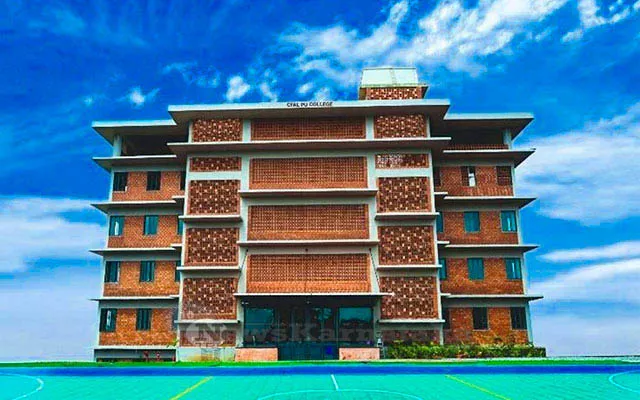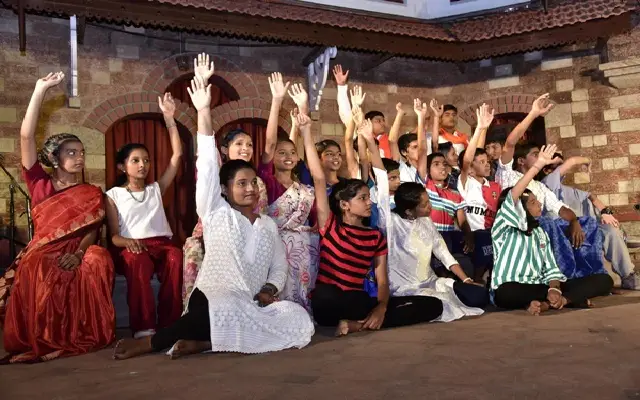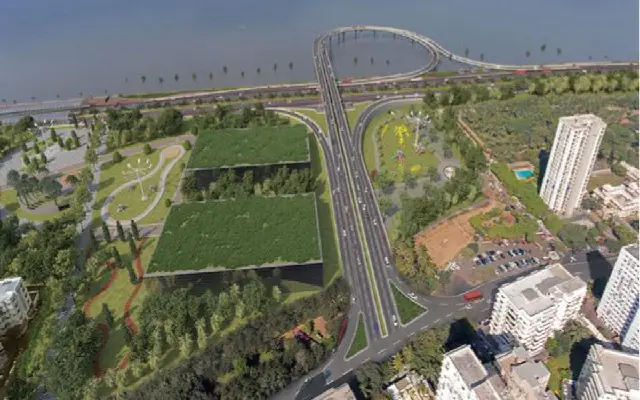 New Delhi: Delhi’s air quality was at its worst at 3 a.m. on Diwali night due to bursting of crackers and other factors but it slid down gradually by Monday evening.
New Delhi: Delhi’s air quality was at its worst at 3 a.m. on Diwali night due to bursting of crackers and other factors but it slid down gradually by Monday evening.
The air quality index (AQI) in the national capital is in the “very unhealthy” category with a PM 2.5 count of 255 as on Monday evening, according to data compiled by the US Embassy.
As per the US Embassy advisory, AQI values between 201 and 300 trigger a health alert, meaning everyone may experience more serious health effects.
However, by Monday evening, the AQI levels, which had started rising from Diwali night after firecrackers were burst in Delhi and adjoining areas, had come down.
Delhi’s air quality entered the “hazardous category” after 11 p.m. on Sunday night as it touched an AQI count of 359. It touched a peak of 447 at 3 a.m. after which it has been coming down and in the evening was in the “very unhealthy” category. The hazardous level is between 300 and 500 counts.
The hazardous level, according to the US Embassy advisory, causes serious aggravation of heart or lung disease and premature mortality in persons with cardiopulmonary disease and the elderly and serious risk of respiratory effects in the general population.
Experts said that the Delhi air was its worst on Diwali night due to bursting of crackers. “Delhi choked on Diwali night as the air quality dipped to ‘severe category’ due to additional local emission loads from firecrackers in addition to emissions from stubble burning. The PM 2.5 levels spiked between 8 p.m. and 3 a.m. The data indicates the violation of the Supreme Court’s rule that sets a 2-hour window between 8 p.m. and 10 p.m. for bursting crackers on Diwali”, said L S Kurinji, Research Analyst, Council on Energy, Environment and Water (CEEW).
Interestingly, PM 2.5 levels were higher in the residential areas, probably due to firecrackers. “PM 2.5 levels were considerably higher between 8 p.m. to 3 a.m. in a few residential areas like RK Puram and Lodhi Road in Delhi compared to industrial areas like Mundka and Narela which are identified as hotspots,” said Tanushree Ganguly, Programme Associate, CEEW.
















